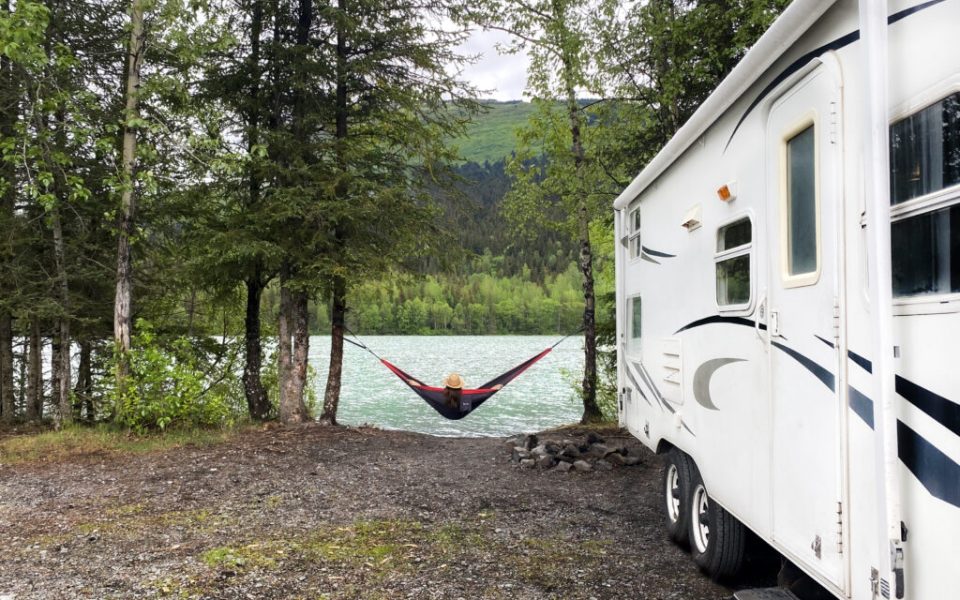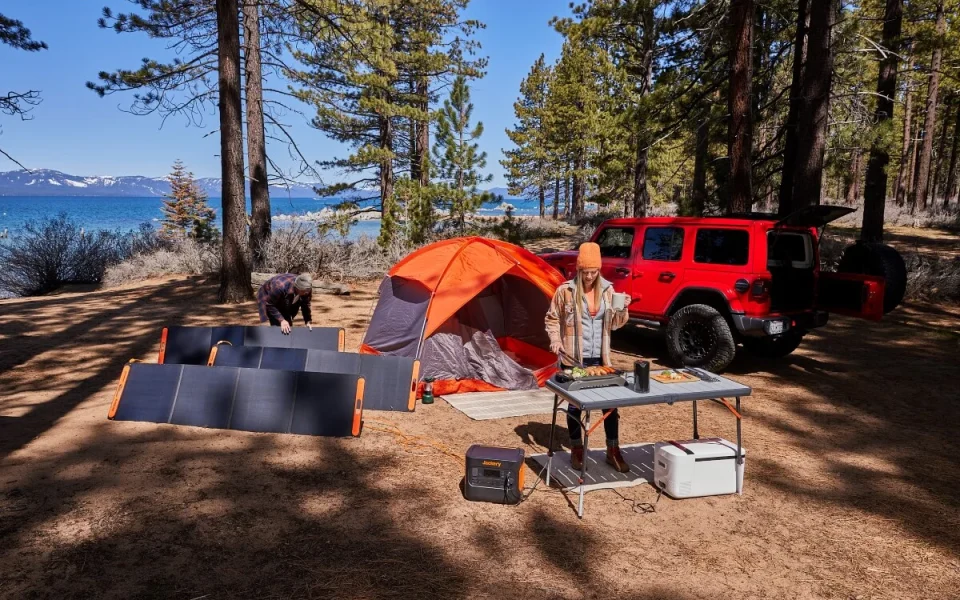Avoid the Rookie Mistakes: How to Choose the Right Campsite for Your RV

The RV lifestyle isn’t merely about charting courses across sprawling highways or parking wherever the scenery captivates. While the allure of the open road beckons, selecting the right campsite for your rig demands a more strategic approach. If you’ve ever pondered, “How can I be sure this campsite suits my RV?”, this guide offers the nuanced insights you need to ensure a smooth stay. Whether you’re the weekend traveler or a road-hardened full-timer, making educated decisions on where to park your rig could transform a good trip into an unforgettable one. Below, we’ll explore factors ranging from site dimensions and accessibility to amenities and reservation tips—ensuring your next camping adventure hits all the right notes.
Introduction: The Subtle Science of Choosing the Right Campsite
Settling on the perfect campsite isn’t simply a matter of picturesque settings or convenient locations on a map. RVs come in a myriad of sizes and configurations, making the decision much more layered. Whether you’re embarking on a solo escape, enjoying a family retreat, or settling in for an extended stay, the spot you choose directly influences your comfort, ease, and overall enjoyment. In this guide, we’ll unravel the key factors to weigh when selecting your RV site so you can confidently embrace the journey ahead.
1. Understanding Your Rig: A Key Element in Choosing Your Campsite
Before anything else, you must have a clear grasp of your RV’s specifications. Whether your ride is a compact campervan or a full-sized motorhome, your rig’s dimensions will steer your campsite selection.
Key Elements to Note:
- Length: Measure the full length of your RV, including any towed vehicles or extensions.
- Height: Factor in any overhead clearance concerns such as tree branches or bridges on the approach to the site.
- Width: Consider the breadth of your RV, especially if you’re using slide-outs.
- Weight: Pay attention to potential road or site weight restrictions.
Pro Insight: Many campgrounds have strict site measurements—be sure to review them before reserving. Additionally, understand the difference between “pull-through” and “back-in” spots, as they can significantly affect your ease of parking.

2. Campsite Types: Hookups, Off-Grid, and Everything in Between
Not all campsites are created equal. What they offer in terms of amenities can dramatically impact your stay.
Full Hookup Sites
For campers who seek comfort, full hookup sites provide electrical, water, and sewer connections at the site. These spots allow for long-term stays without needing to monitor tank capacities.
Partial Hookup Sites
Partial hookup locations may provide water and electricity but require a trip to the dump station for waste disposal. These are ideal for shorter stays.
Dry Camping (Boondocking)
For the adventurous souls, dry camping—or “boondocking”—offers no hookups, meaning you’ll rely entirely on your RV’s built-in systems. While primitive, this approach grants unrivaled peace and immersion in nature.
Pro Tip: Gauge your RV’s off-grid capabilities, like how long you can go without refilling water or emptying tanks, before choosing a boondocking site.
3. Campsite Dimensions: Ensuring a Proper Fit
A stunning, serene site might tempt you, but if it can’t accommodate your rig, it’s a nonstarter. Assessing the size of a campsite is essential to ensuring a hassle-free experience.
Considerations:
- Parking Space: Ensure there’s ample room for your RV, any tow vehicle, and a comfortable space to maneuver.
- Layout: If you have slide-outs, confirm there’s enough space for them to be extended.
- Ground Level: Uneven terrain might require leveling blocks. Look for level sites to make setup a breeze.
4. Proximity to Amenities: Striking a Balance Between Comfort and Seclusion
Campsite placement relative to amenities can greatly enhance—or diminish—your experience. Do you want easy access to communal facilities, or would you prefer peace and quiet?
Key Amenities to Consider:
- Restrooms & Showers: Vital for smaller rigs without full bathrooms.
- Laundry: A convenience for extended stays.
- Trash & Dump Stations: Handy when camping for a longer period.
Pro Insight: For a quieter camping experience, look for spots that distance you from heavily trafficked areas.
5. Accessibility: Making Your Arrival and Departure Hassle-Free
Not all campsites are easily reached, particularly for larger rigs. Consider the accessibility of a site before committing to it.
Considerations:
- Road Conditions: Are the roads leading to the site paved, gravel, or narrow? These factors could prove challenging for larger vehicles.
- Pull-through vs. Back-in Sites: If maneuvering your rig feels daunting, opt for pull-through sites where you can drive straight in and out.
6. Location: Balancing Aesthetic Appeal with Practicality
While we all dream of parking by crystal-clear lakes or towering mountains, it’s important to balance breathtaking views with practicality.
Questions to Ponder:
- Proximity to Water: While scenic, waterfront sites might expose you to more wind or bugs.
- Remote or Centralized Location? Privacy may come at the cost of convenience to amenities.
- Shade vs. Sun: A shaded site might provide cooler temperatures, but solar-powered rigs could benefit from sunnier spots for optimal charging.
7. Reservation Policies: Be Prepared Before You Depart
Nothing dampens an RV adventure more than discovering your reserved site isn’t quite what you expected—or worse, that your booking has gone awry.
Key Tips:
- Reservations: Some campgrounds require bookings months in advance.
- Cancellation Policies: Be mindful of cancellation deadlines and associated fees.
- Site Selection: Some campgrounds allow you to select specific sites when booking, while others assign them upon arrival.
8. Family and Pet-Friendly Considerations
Traveling with children or pets adds another layer to campsite selection. Some campgrounds are tailored for families, while others may be less accommodating.
Considerations:
- Pet Policies: Ensure the site allows pets and check for restrictions.
- Kid-Friendly Amenities: Playgrounds, pools, or recreational activities could be a deciding factor if traveling with children.
9. Environmental Stewardship: Leave No Trace
Respecting nature is an integral part of RV life. As you travel, adhere to the principles of “Leave No Trace” to minimize your environmental footprint.
10. Safety: A Non-Negotiable Priority
Safety should always sit at the forefront of your campsite decision-making process.
Considerations:
- Emergency Access: Be aware of campground exits in case of emergencies.
- Fire Safety: If campfires are allowed, use designated fire rings and follow local regulations.
- Weather Preparedness: Avoid sites prone to flooding and always have an emergency plan.
Conclusion: Master the Art of Campsite Selection and Elevate Your RV Adventure
Choosing the right campsite isn’t a science—it’s an art. By taking the time to consider your rig’s needs, amenities, and accessibility, you’ll set the stage for an unparalleled RV experience. Each journey teaches you something new, sharpening your ability to find that perfect spot with each passing adventure. So go ahead, embark on your next journey with confidence, and embrace the boundless freedom that RV life promises.